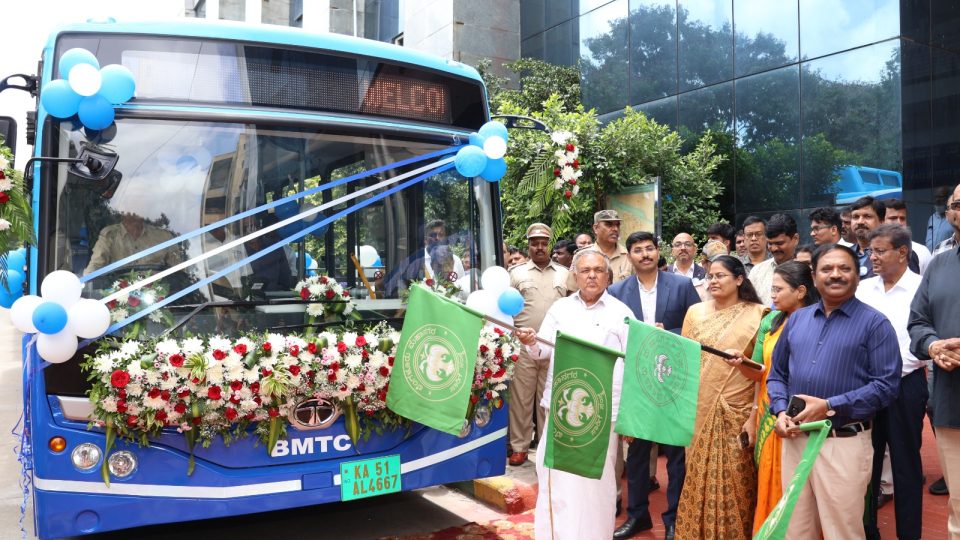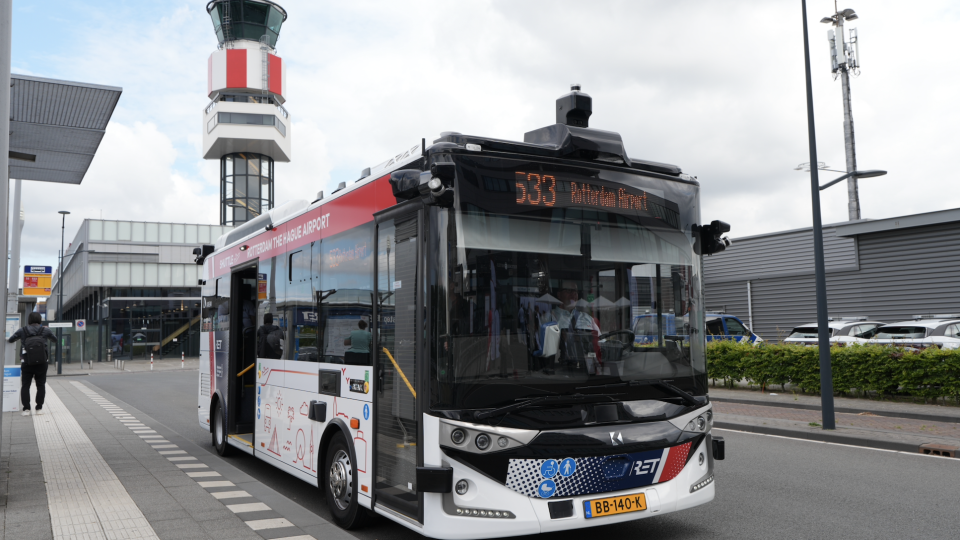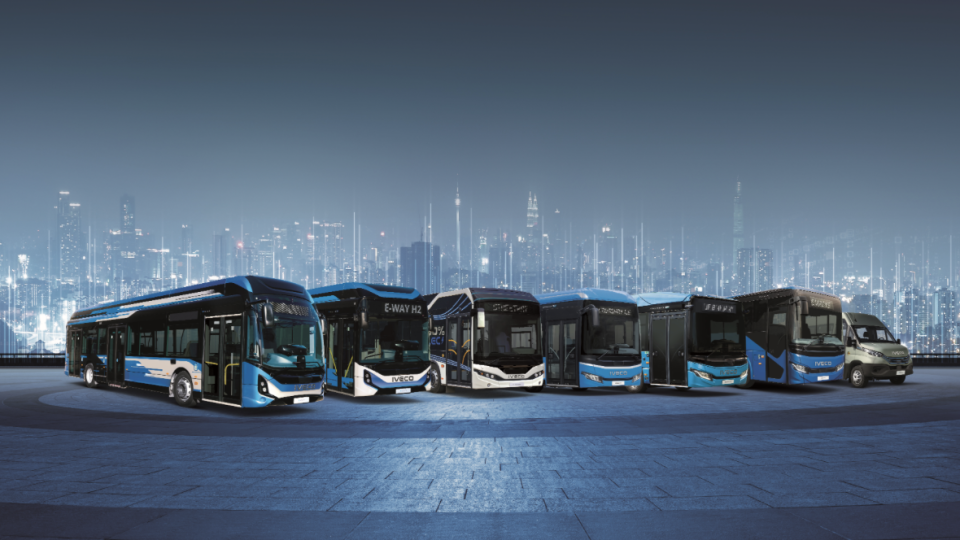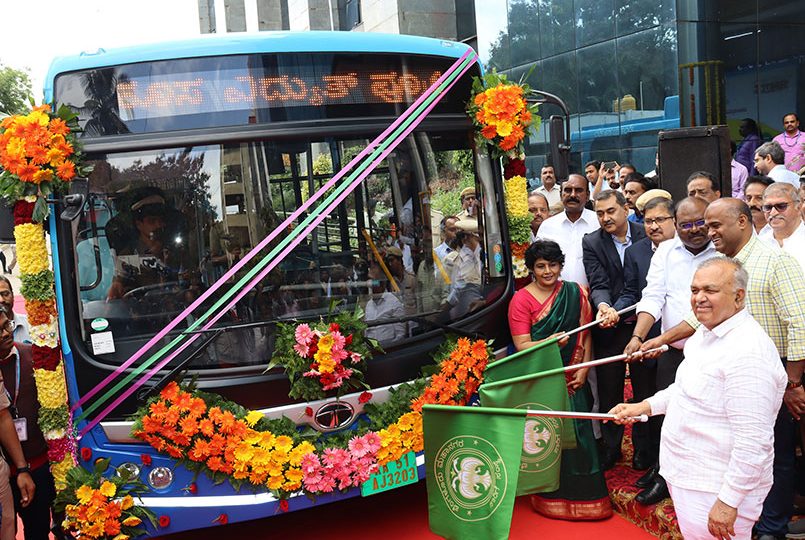UITP, Mobility Hubs as a way to foster sustainable mobility in cities
“A central train station. A multimodal park and ride. A village market square with electric scooter parking. A car-sharing station next to a bus stop, next to a bike parking space in your neighbourhood. These are all mobility hubs”, UITP underlines in its just-released policy brief: “Mobility Hubs: steering the shift towards integrated sustainable mobility” Source […]

“A central train station. A multimodal park and ride. A village market square with electric scooter parking. A car-sharing station next to a bus stop, next to a bike parking space in your neighbourhood. These are all mobility hubs”, UITP underlines in its just-released policy brief: “Mobility Hubs: steering the shift towards integrated sustainable mobility”
Source of opening picture: newcivilengineer.com
This article was published in the 22th April issue of our newsletter Next Stop.
Every Friday, we try to help giving a better perspective on what is going on in the mobility world. Trying to anticipate which will be the NEXT STOP
Can check the newsletters’ archive HERE.
And sign up HERE
By bringing together different modes of transport and creating seamless connections between them, mobility hubs can help generating a more integrated and efficient transportation system.
Mobility hubs are physical locations, typically located at key transportation nodes such as train stations, bus stations or parking lots, where various modes of transportation converge, and where people can easily switch between them.
Mobility hubs provide cities with a powerful tool to efficiently reorganise space for people and not for private cars. These hubs pave the way for 21st century low-carbon, multimodal mobility
Lidia Signor, UITP Combined Mobility Manager
In Europe, the European Commission is considering requiring more than 400 urban areas (known as ‘urban nodes’) to develop ‘multimodal passenger hubs’ to improve first- and last-mile connections and to enhance long-distance connectivity.
Mobility Hubs and urban mobility
The idea behind mobility hubs is to provide seamless connections between different modes of transportation, such as cycling, walking, public transport, car sharing, and bike sharing, to make it easier and more convenient for people to move around the city. By doing so, mobility hubs can encourage people to choose more sustainable modes of transportation, like walking, cycling, or public transport, instead of using private cars.
They can also provide an opportunity for authorities and public transport operators to work together towards a common goal of creating a more sustainable and connected transportation system. Here some of the key results, in the case of Bremen: every car-sharing vehicle in Bremen replaces – or prevents the purchase of – 16 privately-owned vehicles. Car-sharing opportunities studied in Bremen account for approximately 5,000 fewer vehicles taking up space on Bremen’s streets and parking spaces.
The benefits of Mobility Hubs for public transport
Mobility hubs provide several benefits to public transport, including enhancing the connectivity of traditional public transport and new transport services, making public transport safer and more convenient, and helping public transport become more visible, attractive and accessible through strong marketing, branding and location choices.
As mentioned in a previous edition of Next Stop, a study carried out in Nashville, Tennessee, suggests that “Shared e-scooters are associated with a net decrease of about 0.08% of total bus ridership on a typical weekday in Nashville, which is a minimal impact”. What is interesting, “most shared e-scooters are being used for other purposes. This shows there is potential for better integration between these two modes to improve mobility in urban areas (…). Better placement of shared e-scooters near bus stops could encourage the use of these two modes”.









